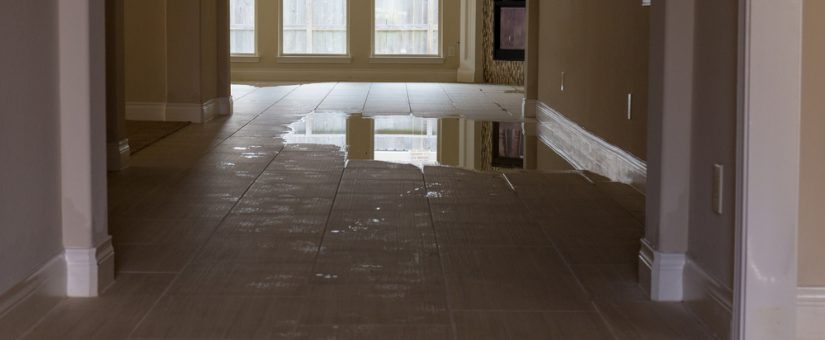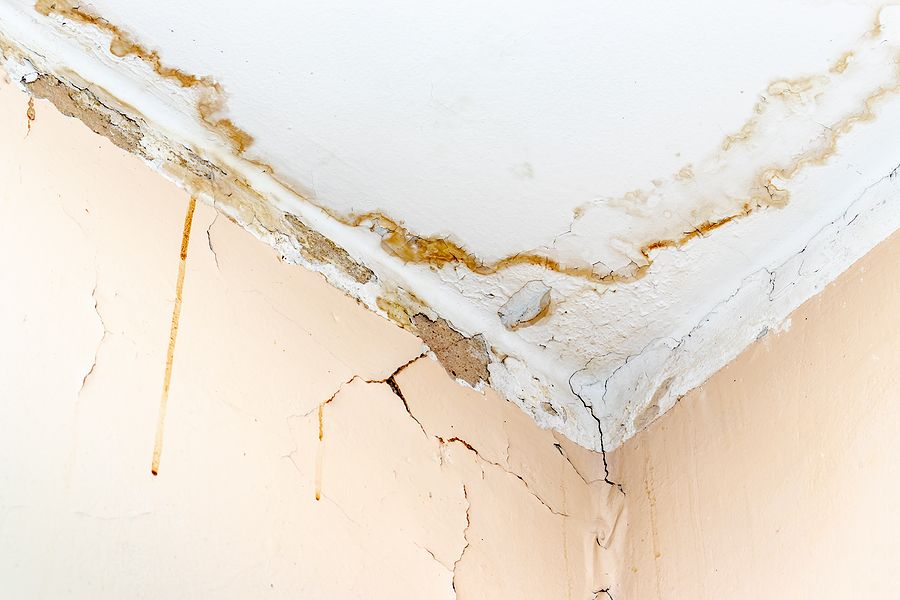Discover Why Water Seepage in Your Home
Discover Why Water Seepage in Your Home
Blog Article
Everybody has got their own unique theory on the subject of Most Common Causes of Leaky Pipes.

Leaks not only cause waste of water but can also cause unnecessary damage to your home and promote undesirable natural development. By looking and understanding for day-to-day scenarios that trigger leaks, you can protect your residence from future leakages and unneeded damages.
Immediate temperature level adjustments.
Extreme temperature modifications in our pipelines can trigger them to expand and contract unexpectedly. This development and contraction may cause cracks in the pipelines, particularly if the temperature are below freezing. If you maintained an eye on just how your plumbing works, it would be best. The existence of the formerly mentioned situations regularly shows a high threat.
Corroded water supply
As time goes by, your plumbing system ages and also deterioration such as corrosion might start gnawing the pipelines. This might be the source of discoloration or warping on your pipes. This asks for an evaluation with your plumber immediately. Consider replacing the pipelines given that they are at a greater threat of deterioration than the more recent designs if our plumbing system is old.
Defective Pipeline Joints
Pipe joints can weaken over time, resulting in water leakages. If you have noisy pipes that make ticking or banging noises, especially when the hot water is transformed on, your pipe joints are probably under a great deal of stress.
Encroaching roots
A lot of water leakages start outside your house instead of inside it. If you see an abrupt decline in water pressure, say in your tap, take time to head out and also examine your yard. You could observe wet spots or sinkholes in your lawn, and that could imply that tree roots are attacking water lines causing water to permeate out. You can have your plumber check for breach, particularly if you have trees or shrubs near your residential or commercial property.
Poor Water Connectors
At times, a leak can be triggered by loose hoses as well as pipes that provide your home appliances. In situation of a water links leakage, you may notice water running directly from the supply line or puddles around your appliances.
Clogged Drains
Obstructed drains could be frustrating and also inconveniencing, yet they can sometimes end up creating an overflow bring about break pipes. Maintain eliminating any type of products that may drop your drains that could block them to avoid such inconveniences.
All the above are sources of leakages however not all water leakages result from plumbing leaks; some leaks may originate from roofing system leaks. All leakages need to be repaired promptly to stay clear of water damage.
Leakages not just cause waste of water but can also trigger unnecessary damage to your house and also advertise undesirable natural growth. By looking as well as understanding for day-to-day circumstances that create leakages, you can safeguard your home from future leakages and also unnecessary damage. Today, we will look at 6 leak causes that may be triggering your pipes to drip.
At times, a leakage can be caused by loose hose pipes as well as pipelines that supply your devices. In case of a water connections leak, you might observe water running directly from the supply line or puddles around your devices.
TYPES OF WATER LEAKS YOU SHOULD BE FAMILIAR WITH
Shower Fixture Water Leaks
If you notice a water leak near your shower fixture, perform an inspection to confirm if you are able to find broken caulk lines. As your shower fixture becomes older, it is not uncommon for water to leak onto the other side of the frame. To fix this type of plumbing leak, scrape off the old caulk and run a new bead of it around the shower fixture to seal up any fractured crevices and holes.
Bathtub Drainage Water leaks
To fix this type of leak in a bathtub, remove the drain flange and clean it. Next, you should also remove the rubber gasket located beneath the tub’s drain hole. Buy a replacement gasket that matches the old version and install it in the same location. Once the drain flange and rubber gasket are installed, apply a small amount of silicone caulk to the drain to prevent water leakage below your tub.
Water Pipe Leaks Behind Walls
Issues such as discolored grout and loose shower tiles may be caused by a water pipe leak behind the walls in your bathroom. To fix this plumbing leak, you will be required to remove the tiles, grout, or caulk in your shower. Once the tiles in your shower have been removed, perform an inspection of the drywall to confirm if it’s moist or wet. If you notice water marks or mold on the wall, this is an indicator of a water pipe leak.
Toilet Leaks
Nobody likes a toilet leak. It can cause water damage to the subfloor, joists, or even the ceiling in the room below. To combat this type of water leak, you will need to reinstall your toilet with a brand new ring of wax. If the toilet sits uneven, be sure to add toilet shims to correct the issue. Do you notice a broken bolt slot or flange? We recommend performing a new metal flange installation to remediate this issue.
Sink Water Leaks
To prevent damage to the beautiful counter tops in your kitchen or bathroom, tighten the base of your sink to prevent a water leak. Next, scrape away any old caulk around the sink and apply a fresh coat. Prior to using the kitchen or bathroom sink, you will need to secure the fixture to the countertop with the clips located beneath the sink rim to prevent a water leak.
https://www.fenwickhomeservices.com/blog/6-types-of-water-leaks-you-should-be-familiar-with/

We were shown that editorial about How to Find Water Leaks from a good friend on a different website. Be sure to take the time to distribute this post if you enjoyed it. Bless you for your time. Come back soon.
Request A Quote Report this page